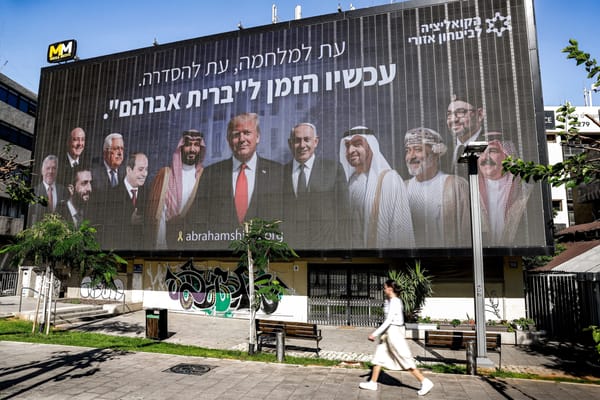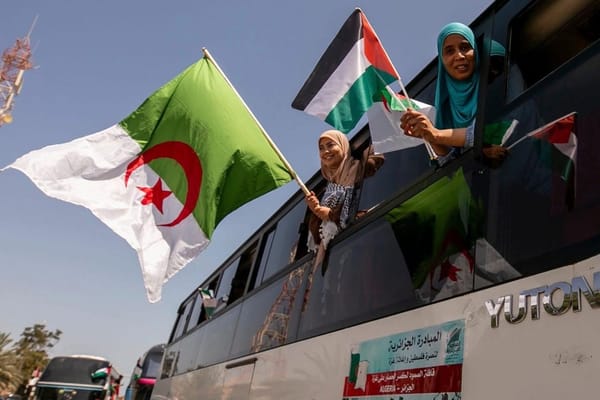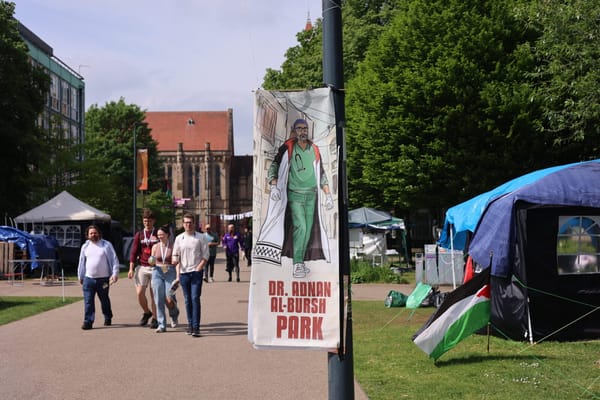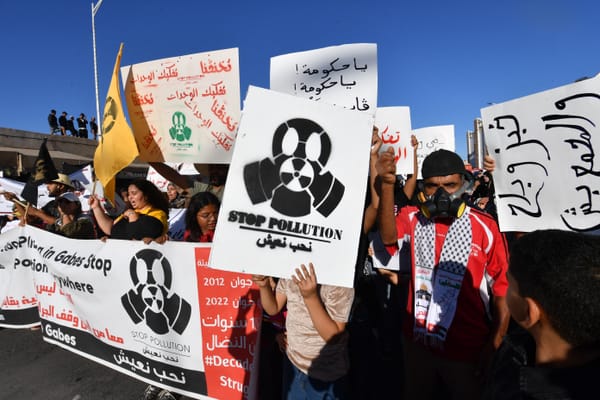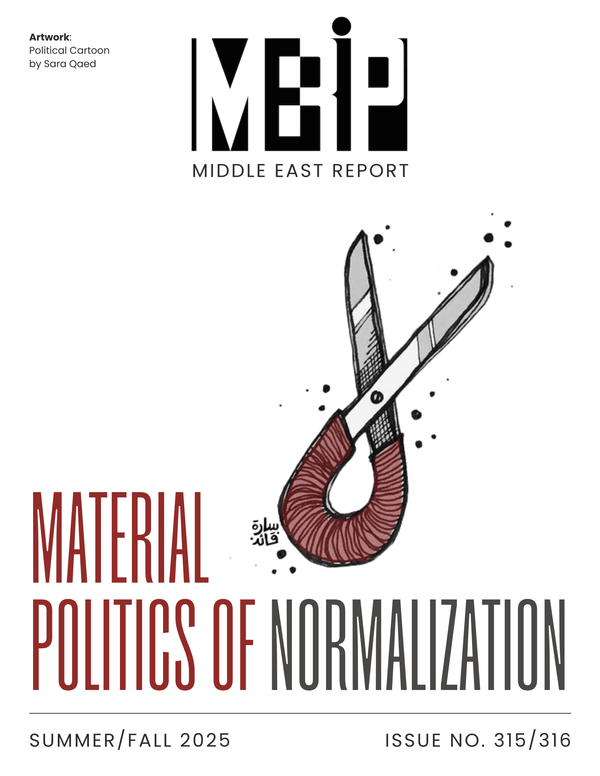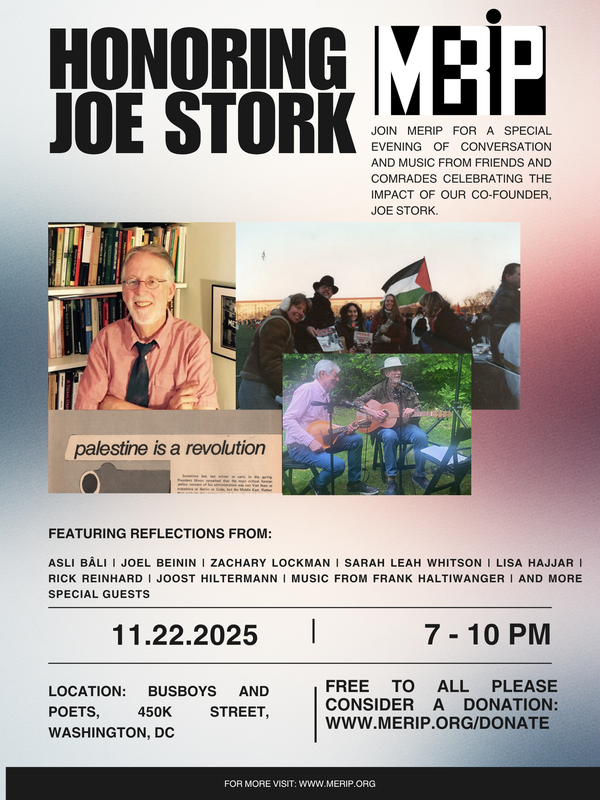A Note on the Cover Image
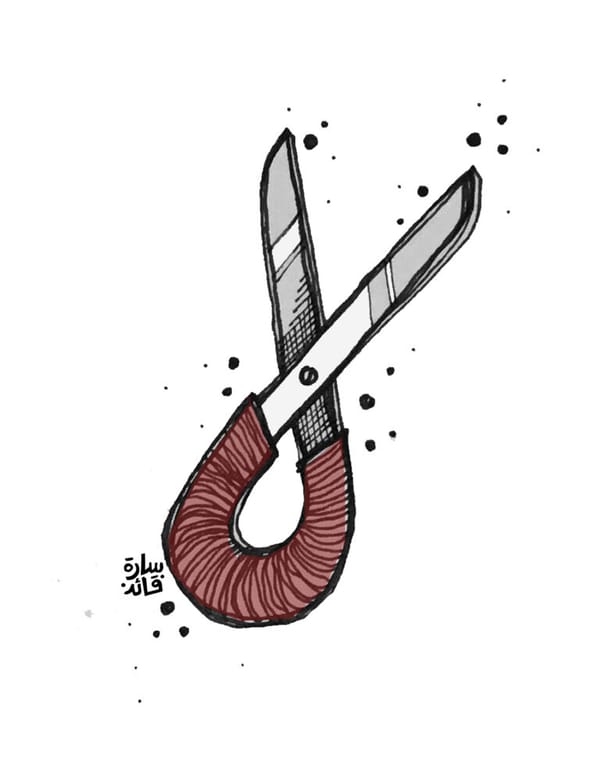
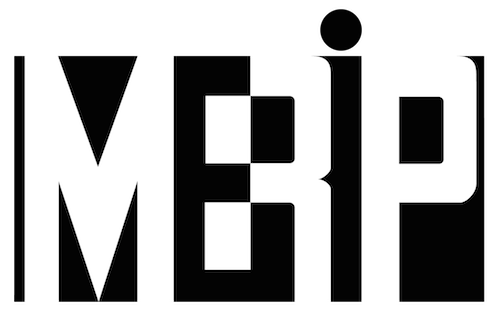
The cover of MER’s Summer/Fall double issue, “The Material Politics of Normalization,” features a 2020 illustration by Bahraini artist Sara Qaed. The image—a pair of scissors bent into the Arabic word for “no” (la)—was published on Qaed’s Instagram two days before the signing of the Abraham Accords on September 15, 2020. Qaed captioned the image in Arabic with the words “No, No, No,” and the hashtags #NoToNormalization, #NoToSilencing, #BahrainisAgainstNormalization and #GulfPeopleAgainstNormalization. The work captured the tide of popular dissent and refusal as Bahrain joined other Arab states in formalizing ties with Israel.
The scissors turn the word “no” into a tool that can slice through the political and economic infrastructures that sustain normalization. But Qaed’s design also invokes an earlier political grammar: the “Three No’s” of the 1967 Khartoum Declaration—no peace with Israel, no recognition of Israel, no negotiations with Israel—issued in the aftermath of the Arab defeat in June 1967. More than half a century later, her image reanimates that gesture of defiance in a different register, reflecting the sustained effort among regional activists to refuse normalization even as, in the decades since Khartoum, Arab states have become enmeshed in US and Israeli-led architectures of economic and military dominance.
As this issue explores, normalization today is not a diplomatic event but a material process: It reorganizes trade, energy, surveillance and defense networks. It is rooted in the soil, in agribusiness ventures that extend Israeli capital and technology across the region. It is embedded in the cables that run beneath the seabed and in the popular music that travels those same circuits of transmission. It binds regional economies to Israel’s military-industrial complex and redraws the political geography of the Middle East. Yet this web of connectivity also creates space for disruption—fissures through which artists and activists might intervene, much like the snip of Qaed’s scissors, to cut through the glossy surfaces of normalization and expose its seams.
"A Note on the Cover Image," Middle East Report 315/316 (Summer/Fall 2025).
